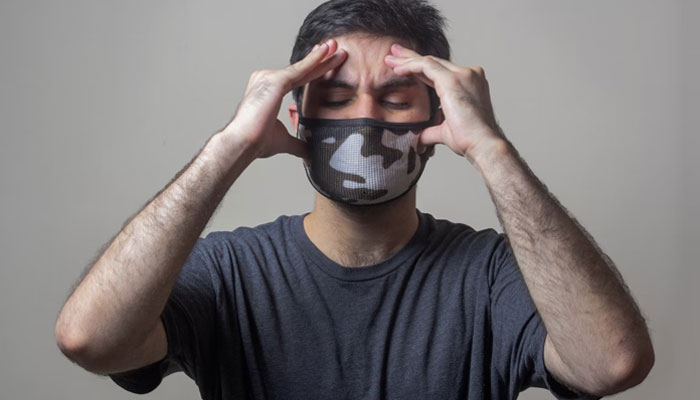America’s ‘sickest day’ revealed: Highest sick leaves filed on this day

[ad_1]
A recent study has named August 24 as America’s most ‘sick day’ as most sick leaves were filed on this day this year.
However, surprisingly does not correspond with typical trends associated with the flu season. Contrary to expectations of higher sick leave during colder months, this late summer day has emerged as a surprising peak for health-related absences.
Insights from five years of data
Researchers analysed sick leave patterns across various US businesses spanning five years. The data, extracted from the leave management platform Flamingo, offered valuable insights into the temporal distribution of health-related absences.
Probable reasons
David Hehenberger, Flamingo’s founder, highlighted intriguing factors contributing to this anomaly. He pointed out the possibility of post-summer fatigue or an increased vulnerability to infections as autumn approaches.
He cautioned employers to anticipate a potential shortage of staff as the month comes to a close.
Interestingly, the second “sickest” day of the year falls on February 13. This date curiously aligns with the widely celebrated Valentine’s Day and sometimes coincides with the high-energy event of the Super Bowl.
Other top ‘sick’ days
The study presented a list of the top 10 “sickest” days, which included:
- Aug. 24
- Feb. 13
- Oct. 25
- Dec. 15
- April 18
- Feb. 2
- Jan. 24
- June 26
- Dec. 12
- Sept. 5
February emerges as the “sickest” month of the year, witnessing a surge in health-related absences. On average, US businesses experience approximately 10% of their workforce taking sick leave during this month.
When analyzing the reasons for sick leave, stomach-related issues were predominant. Over 54% of sick leave claims were attributed to symptoms like diarrhoea or vomiting.
This surpassed coronavirus-related ailments (25%), anxiety or stress-related conditions (9%), and musculoskeletal injuries or broken bones (6%).
[ad_2]
